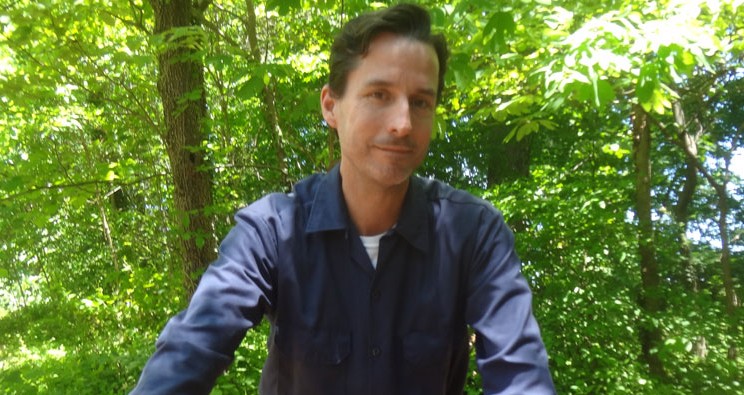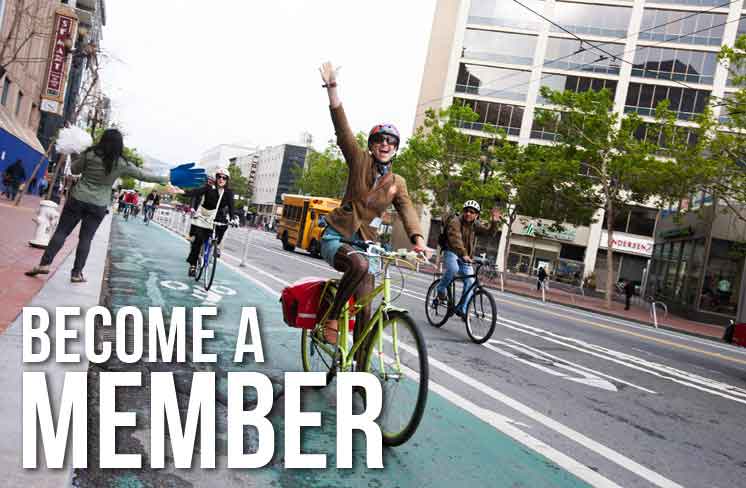We’re so excited that historian Peter Norton will be our keynote speaker at this year’s Golden Wheel Awards.
An associate professor at the University of Virginia’s Department of Engineering and Society and member of the university’s Center for Transportation Studies, Peter Norton is a captivating speaker. He authored the book Fighting Traffic: The Dawn of the Motor Age in the American City (MIT Press, 2008), among many other articles about shifting how we plan transportation in cities.
Join us on July 30 to hear what Norton has to say about reclaiming our streets, and how harnessing history can help win change for the future. Here’s our recent conversation with Peter about the unique moment in history that urban designers and advocates face at this instant:
Your work focuses a lot on history, particularly that moment in the early 20th century when streets became predominantly dedicated to automobiles instead of pedestrians. What lessons can we apply from the early 20th century to how we approach urban design today?
History explains how we got car-dependent cities, but we’ve forgotten most of it. Recovering this history can help see how to get the cities we want. The history of cars in American cities offers three practical lessons to those who seek change:
- Power trumps expertise;
- Unconscious assumptions, not reason, guides our actions; and
- Those who understand those two points can change the status quo. A little bit more on each of those…
Power: In the 1920s, experts were saying cars don’t really fit in cities. So motordom (as advocates of the automobile called themselves) stopped listening to the experts. Instead they redefined expertise.
Assumptions: What are streets for? Who belongs in them? Our usual answers are based on assumptions, not reason. Assumptions such as “streets are for cars” are stubborn. We can put in bike lanes, design walkable neighborhoods and make other infrastructure changes, but first we have to pay attention to the infrastructure in our minds. Motordom worked on the infrastructure in our minds first, because that made the physical infrastructure “common sense”.
Change: Motordom’s achievement in the 1920s in redefining streets was extraordinary. Ironically, it’s also grounds for optimism. If they could redefine streets, we can too.
What makes this moment unique in the evolution of urban design?
Those who question the status quo have a much better stage today and a much bigger audience. In the mid-1920s, motordom panicked. People were upset that cars were taking over city streets and wanted to restrict them. Motordom feared for the future of cars in cities. Among themselves, they said: “we’ve got to get control of this debate.” And they did get control of it.
There were dissenters, such as Jane Jacobs and Donald Appleyard, but motordom made sure that the official answers to traffic congestion and traffic casualties was more and bigger roads for cars.
What’s the role of safe streets advocates in achieving the safety improvements we see in SF, NYC and other cities today?
In the 1920s, safe streets advocates drew attention to the dangers pedestrians faced. For example, they built memorials to the children who were killed. But later officials worked hard to make sure maimed and killed pedestrians were almost invisible. In 1926, attacking these safety advocates, the president of the Chicago Motor Club crudely declared: “the day of the emotional sob sister campaign has passed.”
Later, in many states, even roadside memorials were illegal, and in some they still are. This is wrong, because an invisible problem is an ignorable problem. Safe streets advocates have made this problem visible again, and I think that’s a main reason why they’ve started to get some results.
Our next question is tangentially related, but gives insight into how history informs the present: What’s the origin of the term ‘jaywalking,’ and how did it come to be commonplace?
We know this word today thanks to motordom. They used it to challenge assumptions about who belongs in streets. The word existed before motodom got hold of it, but almost no one had heard of it. Jay was a term of derision, like hick, hayseed or rube. So a jay walker (later jaywalker) was an ignorant person from the country who didn’t know how to walk in the city. Originally “jay walking” might mean staring at shop windows and tall buildings and getting in the way of other pedestrians. Motordom redefined the word to mean almost any pedestrian in a street outside of a crosswalk.
The New York Times considered this an offensive abuse of pedestrians and ran an editorial against it. Motordom promoted the word in many ways. They got Boy Scouts to hand cards out to pedestrians that defined the word. They gave newspapers free news stories that used the word to blame pedestrians. They used their influence to get city traffic ordinances to make jaywalking illegal. By 1924, the word was in a dictionary. This was one of many strategies to redefine streets as places primarily for people in cars, not people waking or biking.
What’s your dream for the future of city streets in the U.S.?
I don’t so much want to impose my dream as let people who live in cities make them what they want them to be, because their choices won’t be subordinated to experts’ dreams. Americans were sold someone else’s dream: a fantasy of freedom. Cars and car-centric design were supposed to deliver a kind of mobility utopia. The irony is monumental. Instead of freedom, in most places car-centric design means no good choices. In committing to a world where we can drive anywhere at any time without delay (and park when we get there), everyone (including drivers) sacrificed their freedom in perpetual service to an unattainable goal.
So my dream is a city where we have real choices for everyone. It would be a city that safely welcomes children. It’s a city where people can choose walking, cycling or transit. It’s a city where moving vehicles are a means to an end, not an end in themselves. It’s a city where people want to be, and not just a city people want to get through. Above all it’s a city where experts listen first, instead of announcing huge plans and then inviting comment.
Want to hang out with Peter Norton at the Golden Wheel Awards on July 30? Get your tickets today!


